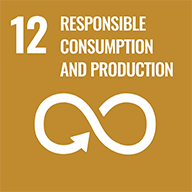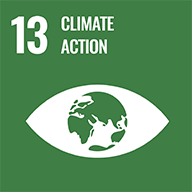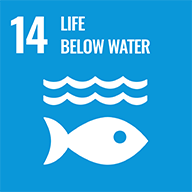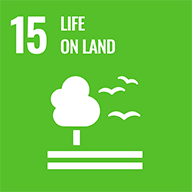Realization of a Low Carbon Society
Initiatives to Realize a Low-Carbon Society
JUKI is committed to reducing its environmental load through its business activities by reducing greenhouse gas emissions, complying with environmental regulations, and developing safe and environment-friendly products.
- Items related to the SDGs
-
-
Achieve Carbon Neutrality
The JUKI Group has declared its commitment to achieving carbon neutrality by 2050 using CO2 emissions as an indicator to address climate change and other global environmental issues.
To achieve this goal, the JUKI Group has set medium-term targets to reduce Scope 1 and Scope 2 CO2 emissions (direct emissions by the company and indirect emissions from energy used by the company) by 37% in fiscal 2025 and by 50% in fiscal 2030, compared to the fiscal 2013 level.
The JUKI Group will work towards these targets by promoting activities to save energy throughout its operations, promoting the decarbonization of production facilities in cooperation and collaboration with suppliers, and introducing renewable energy generation facilities, storage batteries, carbon-free electricity, etc.
CO2 emission reduction targets (Scope 1 and 2)
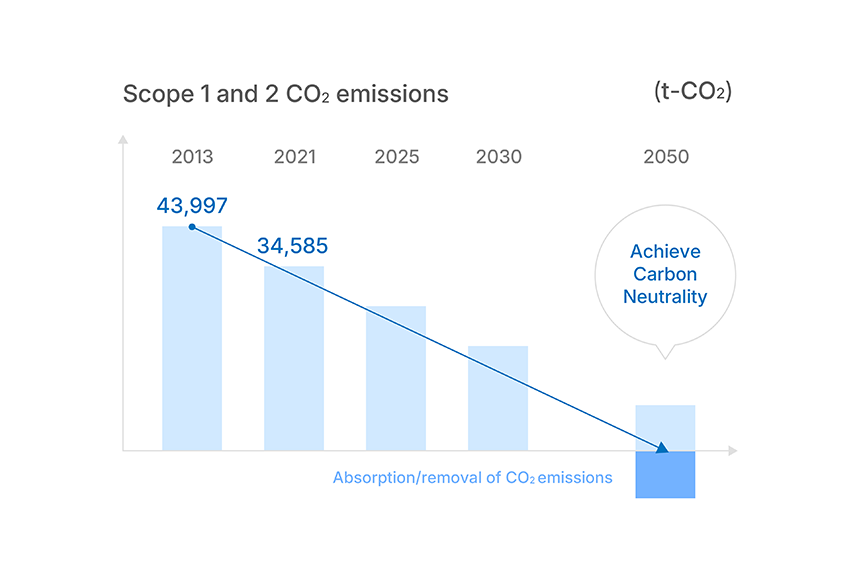
Scope 1 ・ 2
“Carbon neutral” initiatives in the supply chain and life cycle
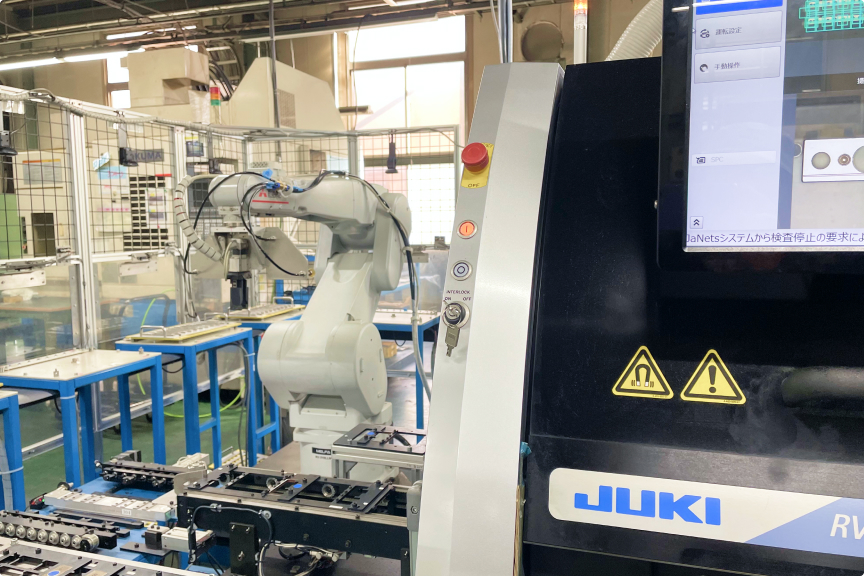
Production facilities
- Switch to equipment with less environmental load.
- Switch to smarter production methods.
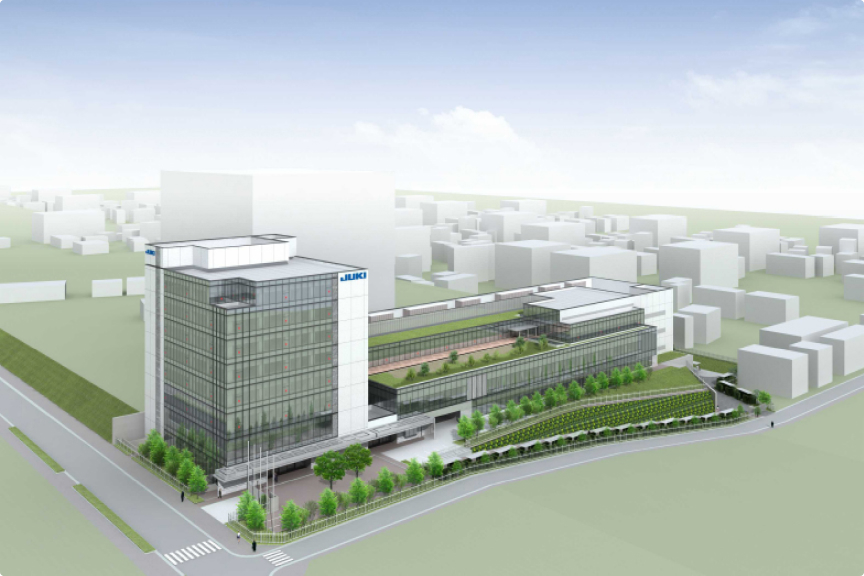
Buildings
- Visualize energy load.
- Switch to energy-saving equipment.

Electricity
- Replace with renewable energy.

Absorption/removal of CO2 emissions
- Utilize carbon credits.
(Support for afforestation projects, etc.)
Scope 3

Procurement/Logistics
- Improve recycled material usage rates.
- Improve logistics methods for procurement.
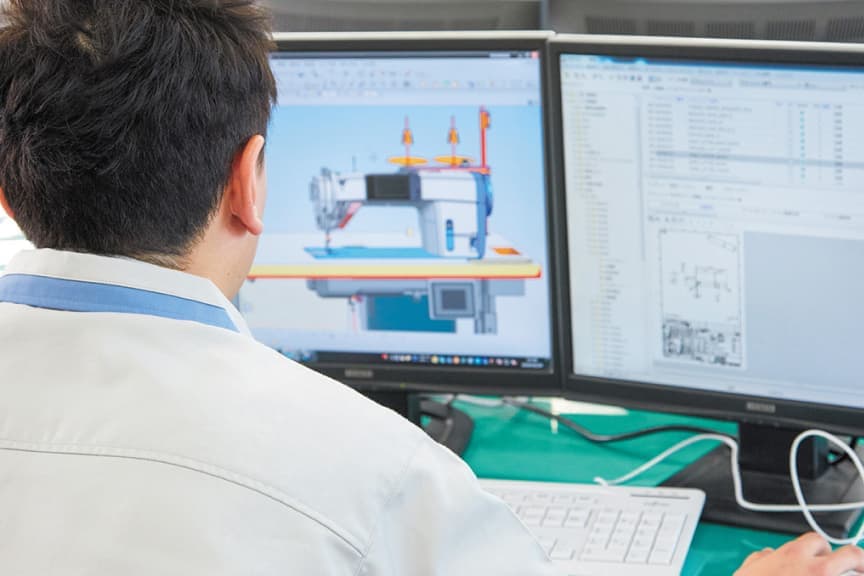
Development
- Promote the planning and development of energy-saving products.
- Adopt materials with low environmental load.
- Reduce the weight and size of products.
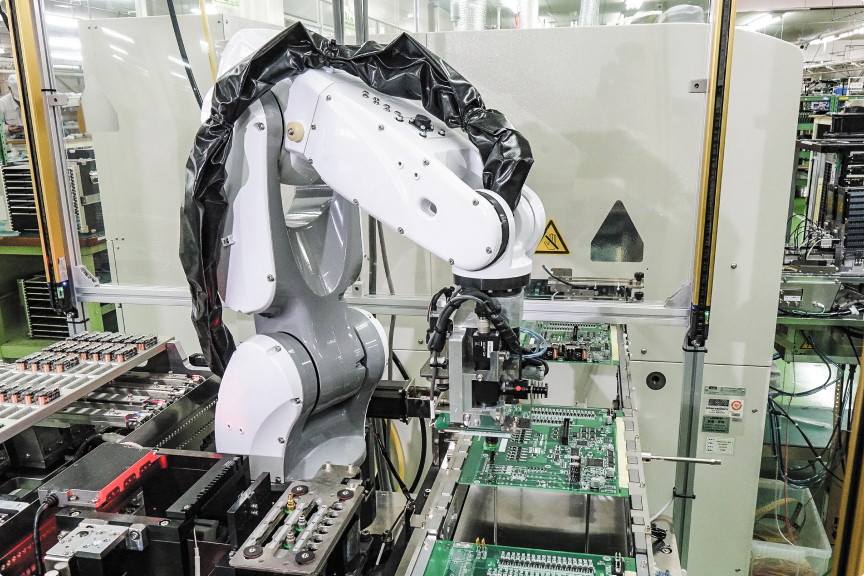
Products / Services
- Provide consultation and supports for the smarter/energy-saving factories of our customers.
- Promote a refurbishment business.
Calculation of CO2 emissions throughout the supply chain
In fiscal 2022 the JUKI Group began counting its Scope 3 CO2 emissions (Non-Scope 1 and 2 CO2 emissions that occur in relation to JUKI’s business activities in value chain processes such as raw material procurement, logistics, and sales).
Because of the JUKI Group’s business structure, emissions in Category 1 (purchased products and services), Category 4 (transportation and delivery (upstream)), Category 9 (transportation and delivery (downstream)), and Category 11 (use of products sold) account for the majority of CO2 emissions. As emissions in Category 11 are the largest of these categories, the JUKI Group prioritized the aforementioned four categories in its initial survey and later surveyed all of the categories in fiscal 2023.
Scope 3 CO2 emissions account for more than 90% of the JUKI Group’s total CO2 emissions (total of Scopes 1, 2, and 3). The JUKI Group will strive to reduce Scope 3 CO2 emissions by developing and supplying products with enhanced environmental performance.
CO2 emissions by Scope

Percentage of results by category in Scope 3

CO2 emission reduction target (Scope 3)

-
*
The JUKI Group will achieve carbon neutrality by 2050 by absorbing/removing CO2 emissions from its own operations and offering solutions to help customers reduce their own CO2 emissions.
Categories of Scope 3 CO2 emissions

Disclosure of information based on the TCFD recommendations
The JUKI Group has made a commitment to achieving carbon neutrality by 2050 by increasing its efforts to reduce CO2 emissions in product development, production, and business activities to the greatest possible extent. In July 2022, the Group endorsed the TCFD (Task Force on Climate-related Financial Disclosures) recommendations established by the Financial Stability Board (FSB) and announced its participation in the TCFD Consortium, a group of companies that support the TCFD recommendations.
As a TCFD member committed to carbon neutrality, the JUKI Group has analyzed the risks and opportunities that climate change poses to its business. We will reflect this analysis in our management and business strategies, practice thorough information disclosure, and strengthen our efforts to achieve carbon neutrality.

Strategies (scenario analysis)
Assuming that climate change-related risks and opportunities may affect the JUKI Group’s business now and in the future, we have identified risks (*8) and opportunities (*9) that may affect our business operations under two climate-related scenarios, the 1.5℃ scenario (*6) and 4℃ scenario (*7).
Based on the results of our scenario analysis, we have identified the following risks and opportunities that may affect the JUKI Group’s business in relation to climate change, along with countermeasures to address impacts on our businesses.
-
*6
Rapid social change toward carbon neutrality by 2050 will limit the global average temperature increase at the end of the 21st century to 1.5℃.
- Intergovernmental Panel on Climate Change (IPCC) Sixth Report SSP1-1.9 (Common Social Pathway SSP1 / Representative Concentration Pathway RCP1.9)
- RCP2.6 (though the RCP2.6 scenarios are similar to the less-than-2℃ scenarios, they are referenced in part to supplement the data.)
- International Energy Agency (IEANetZero by 2050)
-
*7
The global average temperature increase at the end of the 21st century will exceed 4℃ due to a lack of progress in social change to reduce greenhouse gas emissions.
- Intergovernmental Panel on Climate Change (IPCC) Sixth Report SSP5-8.5 (Common Social Pathway SSP5 / Representative Concentration Pathway RCP8.5)
-
*8
Two types of risk are identified in the context of the JUKI Group’s business: transition risks (policy and regulatory, technological, market, and reputational) and physical risks (acute and chronic).
-
*9
Based on transition and physical risks, “risks and opportunities” are identified in the context of the JUKI Group’s business in terms of resource efficiency, energy sources, products/services, markets, and resilience.
Climate-related risks and opportunities
1.5℃ scenario

- *
4℃ scenario

- *
Risk Management
In order to appropriately address all of the JUKI Group risks, we operate a risk management system built around a Management Strategy Council that deals with strategic risks, a Crisis Measures Headquarters that deals with business continuity, and a Risk Management Conference consisting of executive officers and the head of JUKI’s business units and group companies.
We conduct annual policy reviews and quarterly risk assessments and monitoring to respond to the ever-changing risk environment. The Board of Directors reports and discusses the details of our responses to risks on every scale, from minor to major, to ensure continuous improvement.

